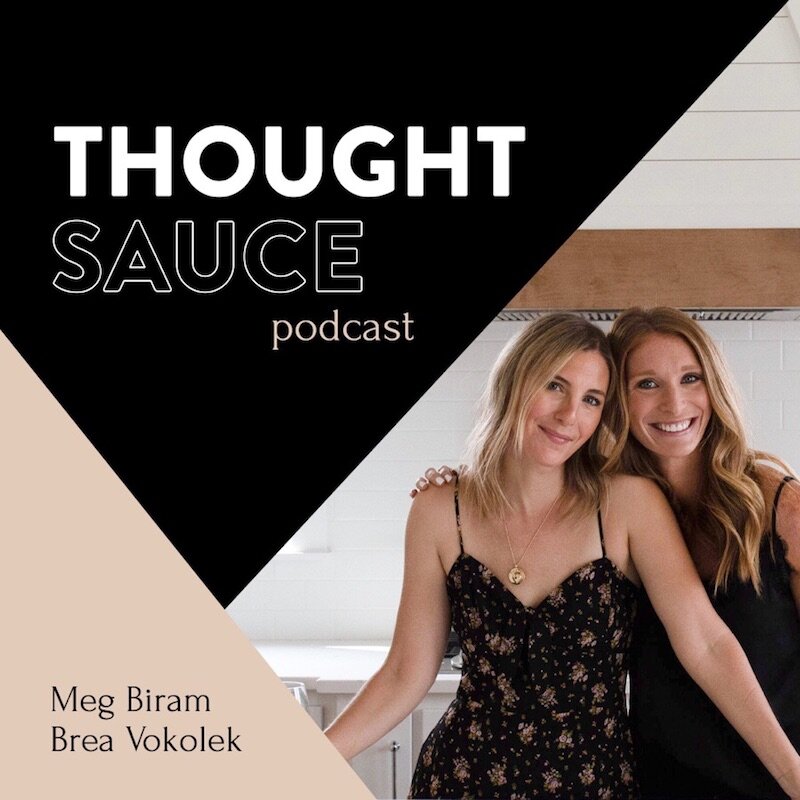Pilates Helps Your Back. End of Story.
Does your back hurt? Here’s how and why Pilates works:As humans, we have to keep moving to stay alive. We especially need to keep moving when we are injured. In the United States, 80% of us will experience back pain at some point in our lives. Although exercise is widely supported with scientific evidence, unfortunately, pain medications, such as opioids, are still used as a primary means to manage this common condition.We can be empowered to take care of our spines, our pain, our function! Mind the Mat always has a number of programs to help prevent and actually alleviate your back pain, and we are always adding cutting-edge new classes. This fall, we are excited to announce an awesome workshop with Dr. Shara Posner of Alexandria: Pilates for Back Pain on October 19. I love Dr. Shara, and I know you all do too! I was thrilled when she took my HAWT Pilates training to add more clinical exercise to her already overflowing bag of tricks. She understands the importance of Pilates for healing the spine. https://www.instagram.com/p/B0Z1UVMhAHu/?igshid=11nn8qaehy6s1
Why Pilates Works:
- 1. Axial Elongation...say what? Pilates cues, from your skilled teacher, coach you to elongate your spine and bring more awareness to how you're positioning your back and moving it. This elongation is good for your back because it distributes stresses and forces equally up and down your spine. Otherwise, over time, those stresses can stay in one spot in your back - leading to breakdown and pain.
- 2. Improved Stability: Just because a method says “core” training, doesn’t mean deep core muscle conditioning. What do I mean? Your core muscles are just that...deep in your core, the muscles closest to your spine. These muscles are specialized for stability and position sense. Sometimes we can recruit the wrong muscles. These wrong muscles are not as efficient in stabilizing your back during functional activities (lifting, sitting, moving like a human). When we recruit the correct core muscles, we function better and likely pain free!
- 3. Moving With Balance: Pilates exercises balance out your body’s strength and flexibility. For example, my HAWT Pilates class balances the hips by working the outer muscles that are important for stability. These crucial outer hip muscles (gluteus medius if you’re curious) can get weak when we overtrain on treadmills, bikes and rowing machines. Once these muscles are stronger, the chance of injury or breakdown during your favorite activity greatly reduces. Balanced hip strength also supports your back. If your body is in balance, the spine does not have to work as hard.
https://www.instagram.com/tv/B3S59C8BwBO/?igshid=5x2m8k9beh3 That’s it in a nutshell, but I could go on forever! In fact, catch me on the latest new podcast with Meg Biram called Thought Sauce, it launched this week! I talk all things physical therapy, Pilates, business and food. You’ll find out more of what drives my particular Pilates method and a few more tidbits. 

